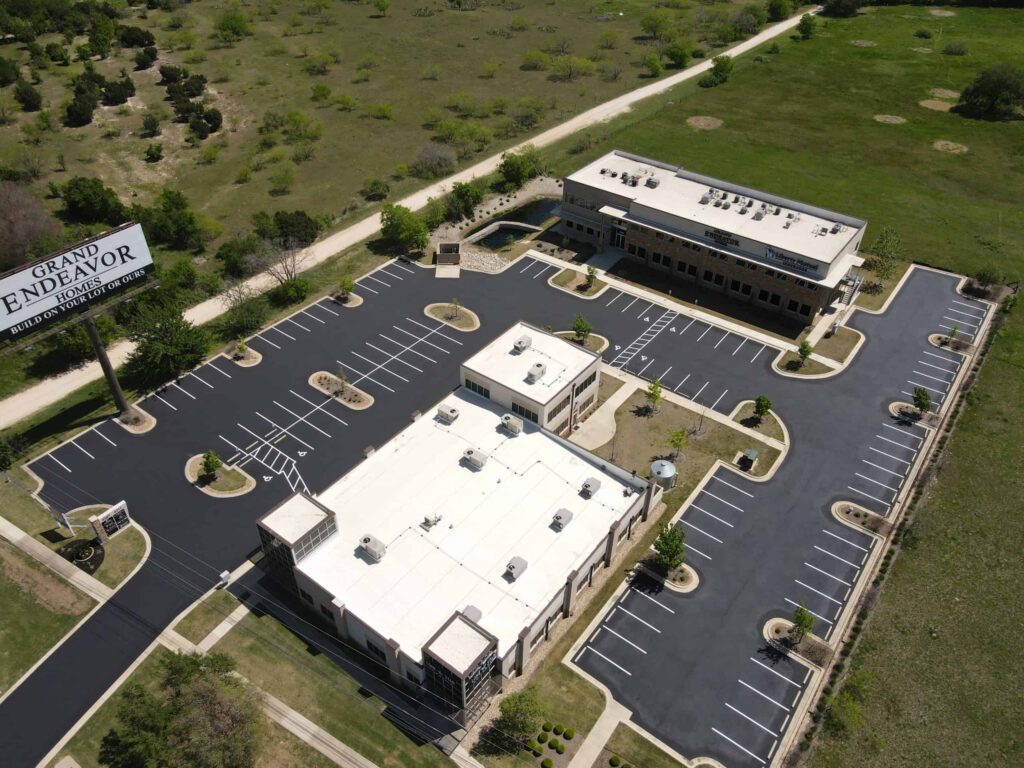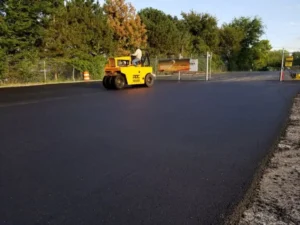Asphalt pavements are beautiful, economical, and fast to install, but they can be damaged by ultraviolet radiation, automotive fluids, and other forces that they encounter every day. As a result, pavements can fade from dark black to dingy gray, develop soft spots that can quickly turn into potholes, or become brittle and easily cracked. One of the best ways to help ensure a long life for your asphalt pavement is to maintain its sealcoating.
What Is Sealcoating?
Asphalt sealcoating is a mixture of sealant, silica sand, and water that can be applied to pavements of all types. When sealcoating Austin TX pavements, contractors apply the liquid sealant in thin layers to ensure proper curing. As the seal coating cures, it creates a tough shell that bonds to the pavement. This shell helps protect the pavement from damage caused by the sun, automotive fluids, corrosive chemicals, and water. The sealant can also restore faded pavement to its original color.
When Should Asphalt Sealcoating Be Applied?
Texas asphalt contractors usually recommend that new pavements be allowed to cure completely before receiving their initial seal coating. Depending on the season, this could take as long as nine months or as little as three months, but you should not wait more than one year. After the initial application, the procedure should be repeated at the intervals recommended by your parking lot maintenance Austin TX contractor. In most cases, parking lots need fresh applications of seal coating about every two years.
What Are the Steps Involved in Sealcoating Asphalt Pavements?
Not all sealcoating contractors perform the same steps in the same order, but here are the best practices for sealcoating Austin TX parking lots.
- Clean the pavement thoroughly to remove all debris, including trash, dead leaves, dirt, loose gravel, and grass clippings. Contaminants on the pavement can prevent the sealcoat from bonding properly to the asphalt.
- Repair any significant damage to the pavement. This includes potholes as well as any cracks that are more than just hairline cracks.
- If needed, apply a primer to oil spots or other petrochemical stains. Occasionally, it may be necessary to apply a primer to all or most of the parking lot, but this is relatively rare.
- Apply a thin coat of the sealcoat to the work area. If the parking lot is small, or if the entire lot can be closed off for the procedure, the work area may encompass the entire pavement. Otherwise, the work area may consist of sections that are individually completed and reopened before moving on to the next section.
- After the first coat has cured sufficiently, a second thin coat is applied and allowed to cure. Sometimes, a third coat will be applied to high-traffic areas.
- Once all coats are adequately cured, the contractor will perform your parking lot striping service. Sealcoats obscure existing markings, so you should plan to repaint your stripes and markings every time you sealcoat.
Asphalt sealcoating is many of the services offered by RDC Paving. Our other services include asphalt paving and overlays, parking lot striping, asphalt driveway paving, concrete repair, asphalt crack repair, concrete paving, and asphalt milling. We are a respected company with a reputation for delivering exceptional work and outstanding customer service. We offer free quotes, so submit our online form to request yours today. If you would rather call us, our office number is 512-920-9155.




